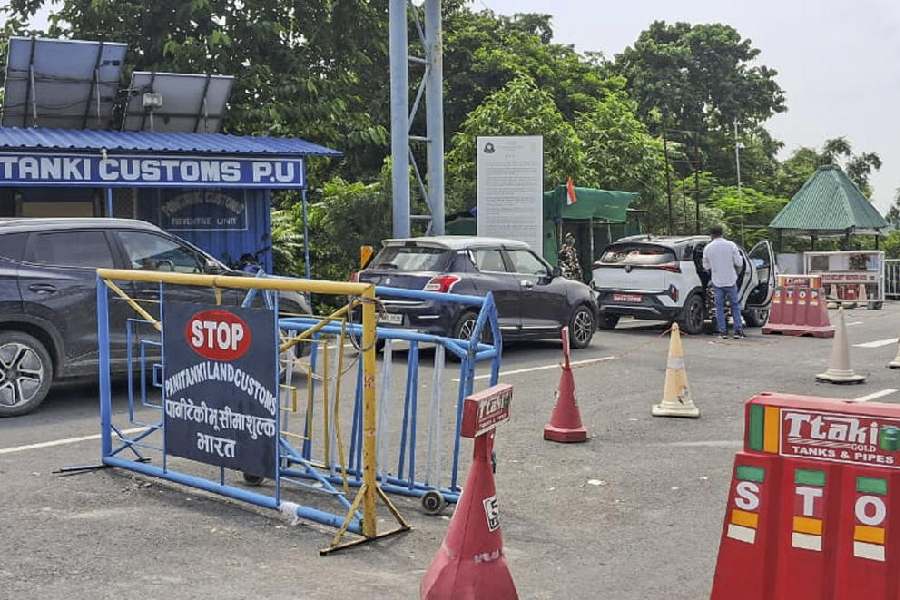At the first funeral I witnessed, it was tacitly understood that women would not go to the cremation ground. The bereaved family were from a more conservative community than mine, but even in the progressive Indian families of over two decades ago, it was accepted that birth was the domain of women, death the domain of men.
Over the years, the first principle crumbled, at least in most urban areas. In my mother?s generation, it may have been normal for men to be excluded from the labour room, but in my sister?s generation, husbands were expected to be there during labour as active, supporting partners.
The process of birth was once a deeply ?clinical? activity, a mysterious rite to be handled either in the privacy of your home by a midwife and women of the family, or in a hospital room by doctors and nurses. Now many medical practitioners would strongly disapprove of a man who refused to attend prenatal classes or hold his wife?s hand through the process of labour. And many doctors say that women who have the support of their husbands and family experience less pain during labour and after the birth of the baby.
The second shibboleth took a little longer to go. In many Hindu families, the idea of a woman priest officiating at a marriage, say, or a havan is more acceptable than a woman priest performing the final cremation rites. In some families, it is still considered somehow ?wrong? for a woman to be present at the cremation of a close relative. But by the 1990s, even many conservative Hindus had accepted the presence of women priests. By 2003, you had stray cases of women who conducted the cremation rites for family members in bastions of tradition such as Allahabad and Ujjain. If they didn?t have the blessings of the more orthodox, they didn?t meet with condemnation either.
What taboos are being broken here? According to some interpreters of the Shashtras, none. The sacred thread ceremony, say some, should be open to women as well as men; the Upanishads and the Vedas have sections that speak of the importance of educating women to be ?panditas? (scholars). Some see the most rigid taboo of them all, the decree that only the eldest son may light the pyre of his father, as an example of false tradition. They argue that the custom appeared in an age where daughters were often married into households too far away for them to arrive soon enough for their fathers? cremation; that the cremation rites in that time required actual physical strength in terms of building and lighting a pyre that made this task more appropriate for men rather than women.
I was reminded of the old taboos when a close relative died. Years ago, a few neighbours had disapproved when I decided to attend my paternal grandmother?s funeral. It was not appropriate, they said, for a woman. My family made no such argument; I was there to say goodbye.
This week, my family watched quietly as a daughter performed, with dignity and grace, the last rites for her father. There were a few murmurs, but her right to perform this last homage to a parent she had been very close to in life was never questioned.










